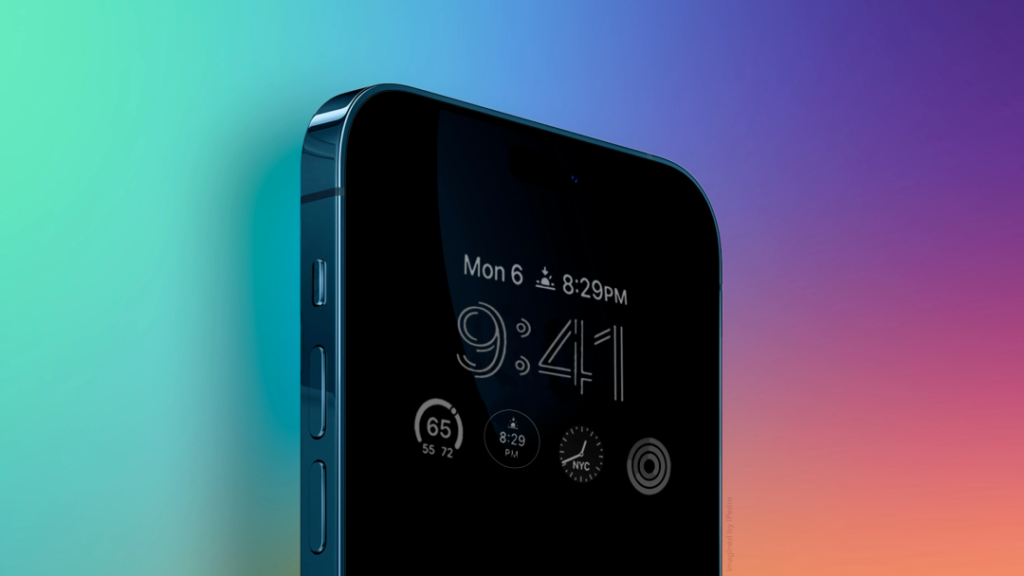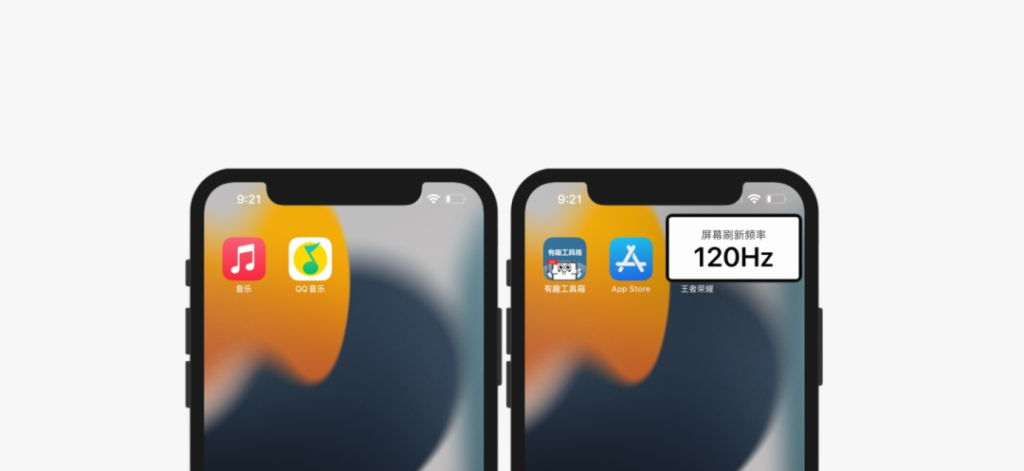How can an off-screen display stump Apple?
According to the iOS 16 code previously launched by Apple, the iPhone 14 Pro and iPhone 14 Pro Max may support the screen display.
Is it possible that only the iPhone 14 Pro series supports an off-screen display? From the data mentioned in the code alone, this is indeed the case.

Because the revelations about the iPhone 14 show that the ProMotion screen on the iPhone 14 Pro can reduce the screen refresh rate to 1Hz, so as to realize the function of the screen display without seriously affecting the battery power.
But to put it this way, the current iPhone 13 Pro series supports a minimum refresh rate of 10Hz, which can be an early adopter.

It may seem like a tenfold difference, but in reality, it’s really not a big problem. After all, the same OLED screen is nothing more than a little more power consumption.

However, with Apple’s paranoid character, I think this is unlikely.
In addition to the fact that other device screens do not support the 1Hz refresh rate, there may be a deeper reason: Apple regards the off-screen display as a selling point of the iPhone 14 Pro series, and even castrated the off-screen display of other devices for this reason.
No, some netizens found that after charging and picking up the iPhone they upgraded to iOS 16, they were suspected of triggering the off-screen display of iOS 16, and even triggered it by mistake many times.

The triggering of this bug gives us reasonable reasons to believe that, in addition to the iPhone 14 Pro series, other devices also support the screen display. As for the reason why Apple doesn’t give it, it’s probably because of the poor battery life of other iPhones.
If other non-iPhone 14 Pro series users also want to use the screen display, they can try to jailbreak the iPhone later, so that iOS 16 can display this function on other devices. However, the friends of the LCD screen should not join in the fun.

Because LCD’s “on-screen display” is really power-hungry!
Having said that, do we really need an always-on display?
Take the experience of our department as an example, only one of the seven people turned on the always-on screen display on the mobile phone. As a user who does not turn on the screen display, I also asked the colleagues who have the screen display on for everyone. The reason he gave is also very simple: the screen display allows me to see the time and notification messages without turning on the screen.
This may be the reason why users like the screen display.

From a personal point of view, we do not think that the screen display is very important, but it increases the frequency of looking at the mobile phone, and may even cause the mobile phone to “burn the screen”. More importantly, our smartwatch can also allow us to see the time and not miss notifications.
In this case, we do not seem to need the screen display very much.
For some screens with particularly high brightness, it is best to turn on the off-screen display with caution. This is not a question of power consumption, but a problem of screen burn-in: if the manufacturer does not make a pixel offset for the device’s on-screen display, within a week, the on-screen display in the always-on state will burn the screen.
This is also a common problem with OLED screens at present.

Because the OLED screen, the display content uses the self-luminous properties of organic materials when the display screen displays a still picture for a long time at the same position, the organic material corresponding to the pixels at these positions will be lost more than in other positions. faster.

Of course, this kind of situation belongs to “generalization”, and everyone should judge whether they need the screen display based on their actual needs!










